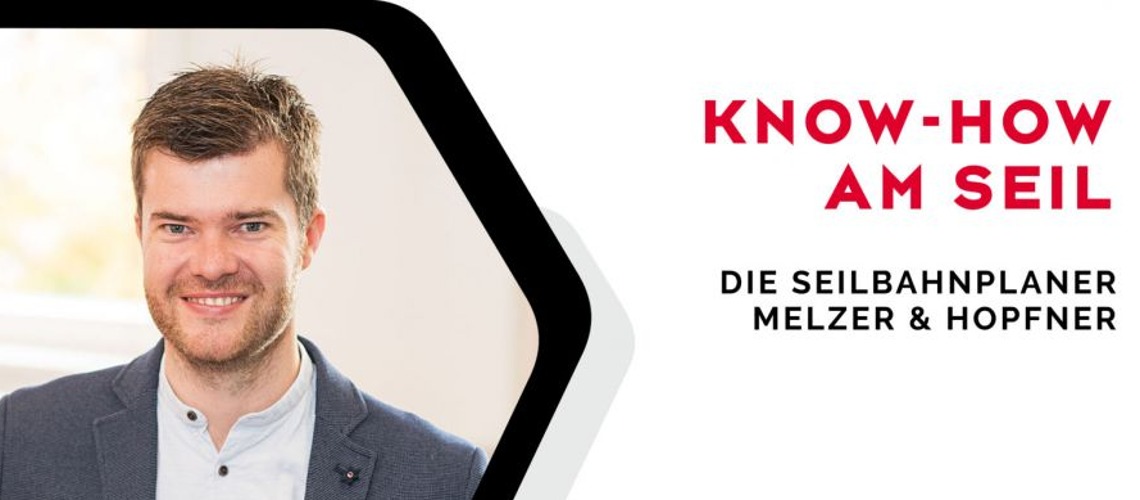Cable Car Planners Melzer & Hopfner Celebrate 35 Years,

For over 35 years, the Vorarlberg cable car planning office Melzer & Hopfner has been one of the most renowned cable car planners in the alpine region. Over 200 cable cars and almost as many feasibility studies have been successfully implemented or prepared during this time.
The MELZER & HOPFNER engineering office was founded in 1988. During its more than 35 years on the market in the field of ski area and cable car planning, the company has been able to realize well over 200 cable car projects in the Alpine region and has developed into one of the most renowned cable car planning offices in the German-speaking region. The projects realized include almost all cable car systems, ranging from large gondola lifts to the smallest systems. Detailed references can be found on the homepage www.melzer-hopfner.at.
INDEPENDENT PLANNING
The engineering office places great value on a neutral status towards its customers. This enables independent planning and the best prices for the customers. "We see a very significant advantage of our office as the possibility of preparing cable calculations without the cable car manufacturer - in other words independently - and thus being able to specify support and station locations," says engineer Daniel Mangold, managing director of MELZER & HOPFNER. The derivation of longitudinal sections, site plans, but also the conception of the required and desired infrastructure around the cable car is part of the daily work. This is because it requires comprehensive knowledge to generate optimal cable car concepts with a harmonious traffic flow and to design them in an architecturally appealing way. In addition, years of experience and know-how are required in order to achieve the optimum from the first cable car idea to the final planning as well as smooth coordination with the authorities and the final construction process. All of this is necessary in order to develop and implement the ideal project, taking into account all the influencing factors of the respective project, says Mangold: “Precise, efficient and targeted planning is a basic requirement for project success!”
KNOW-HOW FOR URBAN CABLE CARS
The cable car planning office sees the opportunity to do its part in the transport transition in urban areas. The tried and tested approach at MELZER & HOPFNER is to bring nature and technology into harmony. According to Mangold, the challenges in the alpine area are not really that different from those in the urban environment. In both cases, it is about the best possible integration of the cable car into the environment. The experts regularly encounter the issues of privacy, soundproofing and integration into narrow and challenging existing infrastructure in the alpine area too. The company can provide support here with its expertise.
PLANNING ACROSS THE ENTIRE PROJECT
The initial ideas and the subsequent implementation of the feasibility study mean combining a high degree of specialist knowledge and precision with very fundamental considerations and statements. "We know what cable cars can do and how to integrate them into the environment optimally. Thanks to our in-house know-how - including in structural engineering - we can cover the entire planning process from initial rough considerations to concept and approval planning and implementation planning," says Mangold.
A PICTURE IS WORTH A THOUSAND WORDS
Experience shows that communication is particularly important in an urban context. “As all of our planning is carried out using the latest technical equipment, we are able to provide visualizations in the form of renderings and videos at any stage of the project. True to the motto “a picture is worth a thousand words”. Depending on the requirements, MELZER & HOPFNER can
If required, we can draw on a broad network of renowned experts in the fields of urban development, traffic planning, economic efficiency, approval and procedural law, each coordinated by the engineering office
MELZER & HOPFNER. “This ensures that you always have the advantage of having a central contact person for the entire project,” concludes Mangold.













